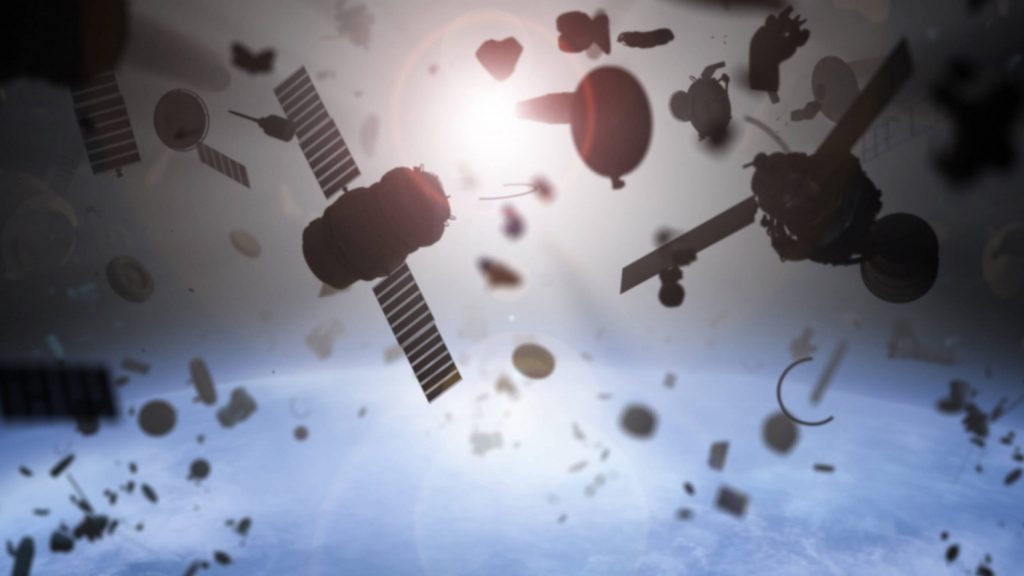Guidelines for the Long-Term Sustainability of Outer Space Activities and the Need for Private Sector Engagement

Four years after the establishment of the UN Sustainable Development Goals in 2015, the relevant UN body dealing with outer space activities – the UN Committee on the Peaceful Uses of Outer Space (COPUOS) –has come to an agreement on a set of guidelines addressing how to implement the demands of long-term sustainability for the outer space environment. This important development was born out of a recognition that “Earth’s orbital space environment constitutes a finite resource that is being used by an increasing number of space actors”, including states, commercial operators and other non-governmental entities. This realisation had already been enshrined in Article 44.2 of the Constitution of the International Telecommunication Union (ITU), in which it is stated that:
“Member States shall bear in mind that radio frequencies and any associated orbits, including the geostationary-satellite orbit, are limited natural resources and that they must be used rationally, efficiently and economically (…)”
The prospect of vast amounts of satellites being deployed in already congested, contested and competitive orbits spurs the adoption of the Guidelines for the Long-term Sustainability of Outer Space Activities. Within the context of emerging mega-constellations and an increased risk of collision and interference, the guidelines are aimed at protecting the space environment as well as ensuring the safety of space operations.
The Guidelines for the Long-term Sustainability of Outer Space Activities of the Committee on Peaceful Uses of Outer Space are highly relevant to the establishment of a Space Traffic Management system. Without ever specifically mentioning the concept, the guidelines push for effective international collaboration in the sharing of information on space objects, orbital events, and space debris monitoring (guidelines B.1 and B.3). In addition to technical or data-sharing recommendations, guideline A.2 supports the implementation of space debris mitigation measures and their inclusion in new or amended national frameworks regulating outer space activities.
The set of 21 guidelines for the protection of the outer space environment was adopted at COPUOS after 9 years of negotiations. As with all procedures at the UN Committee on Peaceful Uses of Outer Space, the non-binding guidelines were adopted by member states through consensus, representing recommendations, rather than treaty law. Indeed, the guidelines join other soft law and non-binding principles on the protection of outer space, such as various space debris mitigation initiatives and mandates placed by some states at a national level. The Liability Convention of 1972 is an example of binding international space law dealing with damage caused by space objects, though notably, its framework applies only after the damage occurs. The applicable liability regimes, one of absolute liability (in the event of damage caused on the Earth or to aeroplanes in flight), and the other of fault-based liability (damage caused to other space objects) provide that the liability attaches to the launching state. The Liability Convention provides that a launching State shall be absolutely liable to pay compensation for damage caused by its space objects on the surface of the Earth or to aircraft, and liable for damage due to its faults in space. The Convention also provides for procedures for the settlement of claims for damages.
Initiatives concerning the mitigation of space debris have historically been carried out by states under the aegis of dedicated international committees of space agencies; states are indeed identified as internationally responsible for all “national activities in outer space”, including those of non-governmental entities in Article VI of the Outer Space Treaty (OST). However, in order for both debris mitigation procedures, as well as space traffic management practices to be effective in protecting access to outer space, an extensive commitment of the private sector is required. The vast majority of satellites to be launched at any one moment will be owned and operated by private entities, with more in future to be launched as mega-constellations. The Long-term Sustainability Guidelines only mention the private sector as part of its recommendation addressed to states to exchange experience, knowledge and technology in order to facilitate international cooperation.
The EUSTM project seeks to analyse the established SSA procedures by offering a collaborative platform through which key stakeholders from both the private sector, research entities and the public sector discuss and devise potential actors, tasks and responsibilities, as well as central technologies for the effective management of the increasing population of space objects. Recent years have seen a shift in the private sector’s perception and approach to space safety and sustainability issues. The catalysation of various industry-led initiatives is important to push for standardisation of practices in both satellite manufacturing, such as facilitating tracking capabilities, as well as data sharing processes.
The interdependent nature of risks facing operators suggests that an international effort to support STM norms and procedures would be ideal, yet the timely convergence of the international arena appears unlikely. Nevertheless, the development of a regional STM approach in Europe is based upon cooperation arrangements between industrial and governmental players, working towards the maximisation of societal and economic benefits derived from space, as well as European autonomy in accessing space in a secure and safe environment, is timely and essential.
To learn more about EUSTM, visit our About page, and to get in touch and help us shape the sustainable future of the European space sector, contact us directly or subscribe to our newsletter below.
 | This project has received funding from the European Union’s Horizon 2020 research and innovation programme under grant agreement No 101004319. This article reflects the author’s view and not necessarily the views of the European Commission or of the European Health and Digital Executive Agency |